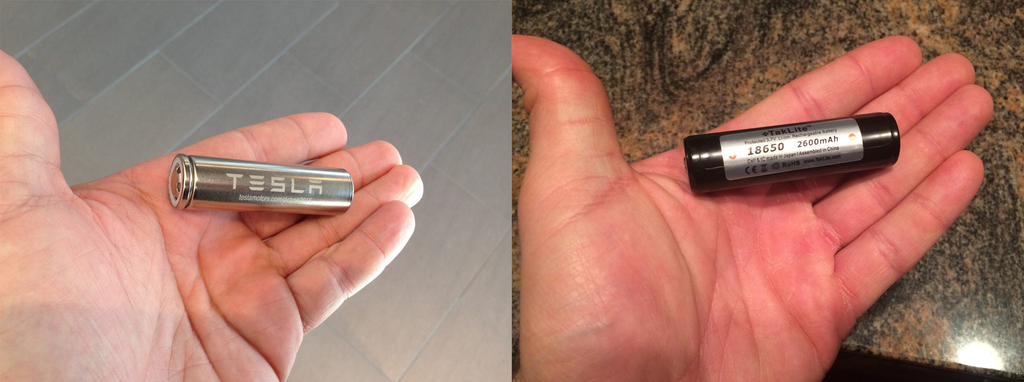
The History of Rechargeable Flashlights
The usage of lithium-ion batteries in consumer products is not a new trend. The cells found in power tools and laptop battery packs are functionally no different from the cells you find in flashlights today. Even back in 2010, this technology was well understood and had been in use for decades across many industries.
This poses an interesting question: so why weren't flashlight manufacturers using rechargeable lithium-ion cells back then?
This is a good question. As a manufacturer ourselves, this is something even we struggled to find a compelling answer for. It's likely that liability concerns partly drove the decision. At the time, there were no domestic manufacturers of 18650 cells. Virtually every rechargeable cell was being made overseas. Even if we did manufacture them domestically, we had no factories that could outfit the batteries with protection circuit boards (PCBs). Those were all in China.
However, we did have domestic manufacturers for non-rechargeable lithium-metal batteries. Panasonic's facility in the State of Georgia is famous for supplying the nation with the high-quality CR123 lithium-metal batteries that we have all come to know. Taking the fiery nature of lithium into consideration, perhaps these companies felt more comfortable ordering from a domestic manufacturer?
Maybe.
It's also possible that CR123A batteries were simply more lucrative. Because they are disposable, companies could sustain an infinite revenue stream from the continued sale of these batteries. Many companies, particularly the military-oriented ones, had a vested interest in reminding everyone just how superior lithium-metal batteries were compared to their rechargeable counterparts.
So what are these said advantages? Well, lithium-metal batteries are quite simple. They have a longer shelf life than lithium-ion (10 years versus lithium-ion's 3 years) and are also slightly more tolerant to extreme temperatures. Do these things matter to a soldier on the battlefield? Probably. Do they matter to the average consumer who wants a badass flashlight? Probably not.
In practice, the advantage of these lithium-metal batteries is largely negligible. I'll submit that lithium-metal batteries might have a place in some post-apocalyptic fallout shelter — but lithium-ion reigns supreme otherwise. Consumers do not want to spend $10 on a set of batteries every time their flashlight dies. That is an absolutely absurd proposition. A single 18650 cell, which is the equivalent of two CR123A cells, can be recharged more than 500 times before it starts to noticeably lose capacity.
But still — why not at least offer a rechargeable battery as an accessory?
Here at TakLite, we recognized this gap in the market very early on and positioned ourselves quickly to invest heavily in rechargeable lithium-ion batteries. We formed strategic partnerships early on with some of the best manufacturers in the world to make sure we would have a leg up on the competition. We made no compromises when it came to our lithium-ion cells. We used Panasonic cells and fitted them with the best protection circuit boards we could find.
As we fast forward to today, it is clear that our investment worked. Not only have all of our competitors transitioned to the same technology, but we have been able to save our customers thousands of dollars throughout the process.
